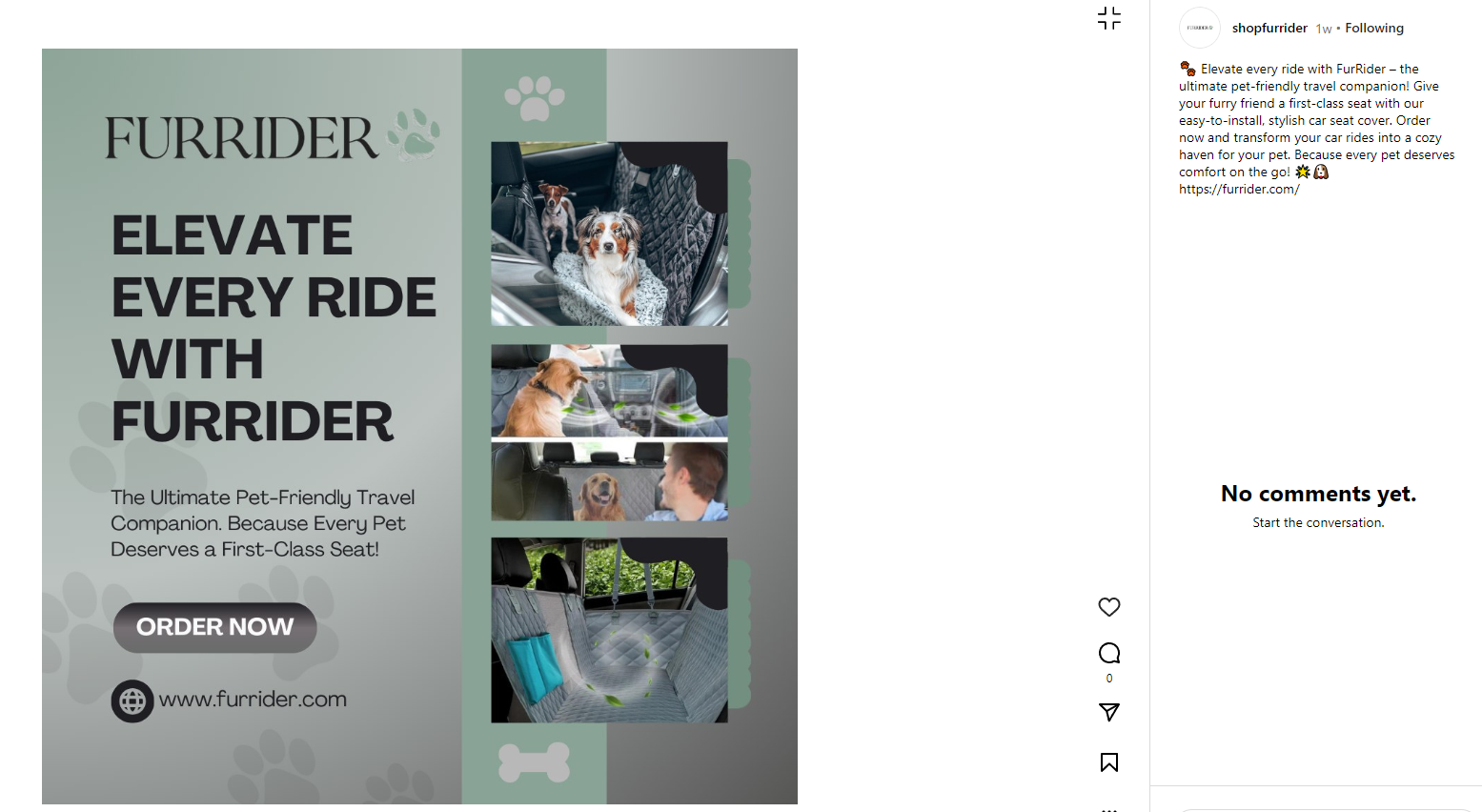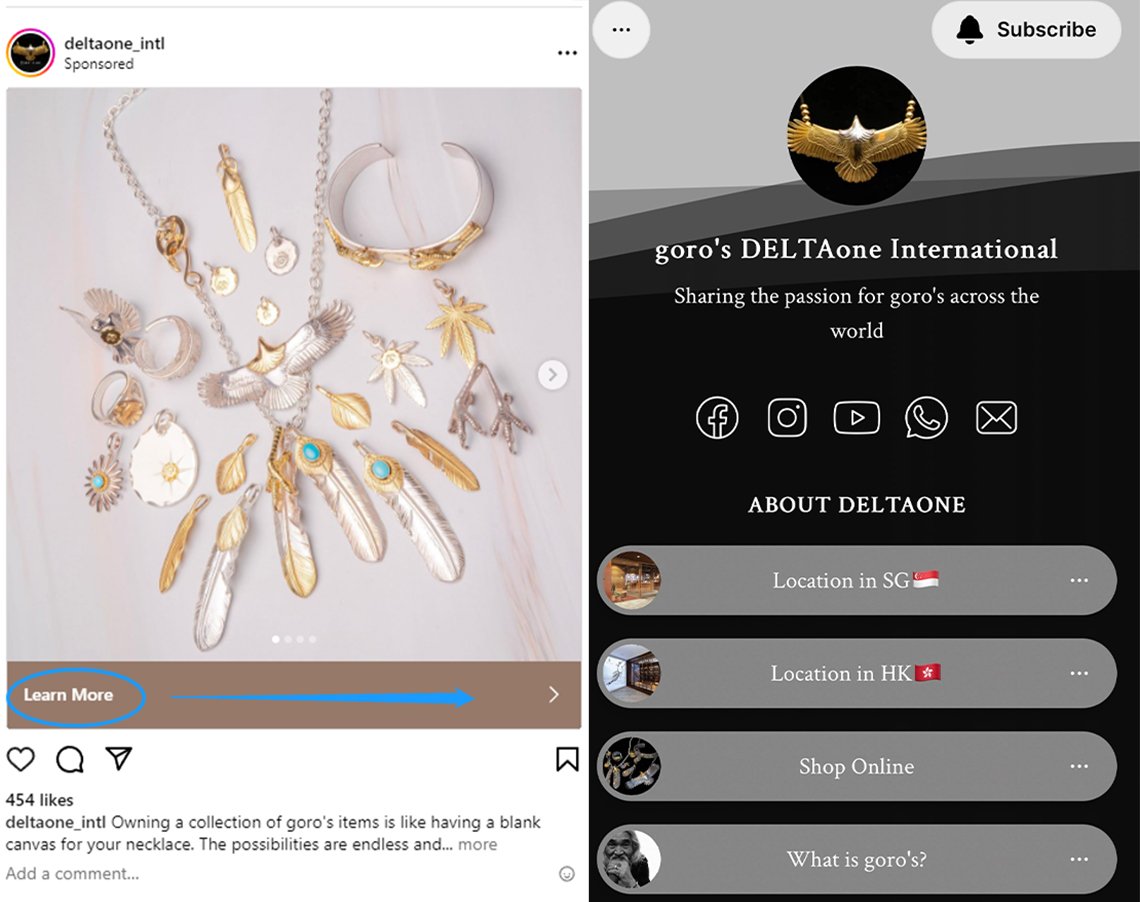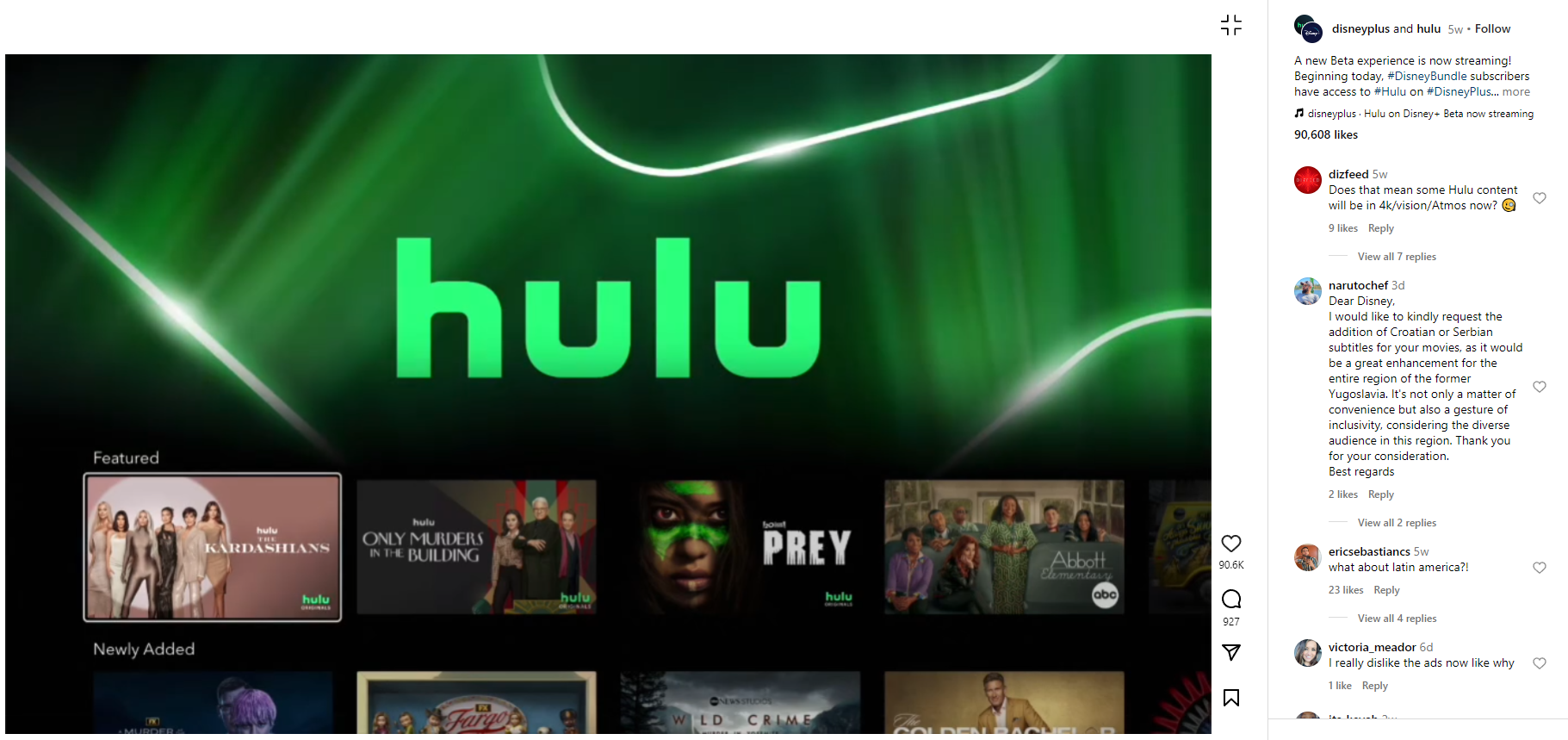👉The original blog is posted on FoxData.
Choosing between organic and paid social media strategies can be a daunting task. However, to create a comprehensive marketing approach, it's essential to understand that both have their place in your strategy.
The year 2021 has been a particularly interesting time for paid social media. With the pandemic driving increased social media usage globally, the potential audience for advertisers has expanded significantly. Despite an initial dip in ad spending in early 2020 and challenges such as Apple's iOS 14.5 privacy update affecting targeting on Facebook and Instagram, ad spending has surged again.
Conversely, organic social media has become increasingly competitive due to algorithm changes, leading many businesses to realize that some investment in social media advertising is indispensable.
Therefore, depending on your goals, a blend of organic and paid social media may be the most effective path. Below, we delve deeper into each type and how they can be integrated into a cohesive strategy.
Organic Social Media
Organic social media encompasses all the content shared freely on social platforms, including posts, images, videos, memes, and Stories. For brands, organic content reaches:
- A portion of your followers (your 'organic reach')
- Friends of your followers, if they share your content
- Users following the hashtags you've used
Despite its simplicity, organic social media is the backbone of digital marketing strategies, as it allows brands to connect with customers on a large scale. Brands leverage organic social to establish their voice, share valuable content, engage customers throughout their purchasing journey, and provide customer service.
👇Here is recent example we've noted.
This pet supply store often shares the pet products that they sell on Instagram. Pets are photographed in conjunction with their products, and the overall poster style is cozy and cute to entice customers to buy.
👏Expert Tip:Although paid social media and influencer marketing are not inherently incompatible, the former typically does not encompass the latter, as influencer marketing is frequently conducted through direct sponsorship of posts.
👉 Tap here to learn more of Influencer Marketing.
However, due to ranking algorithms, only a fraction of your followers will see your organic posts. For example, Facebook's average organic reach hovers around 5.5% of your follower count. As platforms mature, it's become tougher to ensure visibility for your content.
Paid Social Media
Paid social media, essentially advertising, is when brands pay platforms to promote content to specific targeted audiences. The rebound in social media use and acceptance of online shopping has made paid social an integral part of the social experience when executed thoughtfully.
Paid social is not limited to B2C industries; it's a powerful tool for targeting new audiences and driving conversions across various sectors. Whether raising brand awareness or promoting deals and events, paid social can achieve business objectives more directly than organic strategies.
👇Here is recent example we've noted.
A traditional method is to target users who have proven interest in your niche. For example: The account in this screenshot: target people who follow similar accounts (people interested in jewelry) and use Instagram shopping directly to take them to a frictionless landing page.
Organic vs. Paid Social Media
Organic social media is about nurturing relationships, establishing brand presence, and supporting and converting customers. It's a slower process and requires time and skill to execute effectively.
On the other hand, paid social media focuses on reaching new customers and achieving business goals more quickly. It requires a budget and expertise in ad management.
In essence, organic social media is crucial for building relationships, but the reality of social media algorithms means that a paid strategy is often necessary to ensure visibility.
How to Integrate a Paid and Organic Social Media Strategy
Integrating paid and organic social media strategies involves using organic content to engage and delight current customers while attracting new audiences with paid advertisements. Here's a detailed approach to creating an effective integrated social media strategy:
1. Not All Promotional Posts Need to Be Paid
Before investing in ads, determine if they align with your Key Performance Indicators (KPIs) and business objectives. Not every situation warrants paid promotion. For significant announcements such as partnerships or product launches, a well-executed organic campaign can generate sufficient buzz.
For example, if you have news to share—such as a new partnership, a strategic change in direction, or an update to your main product—it's crucial to communicate this to your current followers. An innovative and authentic marketing campaign can naturally generate excitement. Create an engaging announcement post, and if the news is significant, consider pinning it to your profile or featuring it in the highlights of your Stories.
For instance, DisneyPlus launched the highly anticipated Hulu as an organic post on Instagram.
However, if organic reach falls short, consider investing in paid promotion.
2. Boost Your Best Organic Content
Leveraging your most successful content for paid advertising is a strategic and low-risk introduction to the world of promoting your brand. Instead of investing time and resources into creating new advertisements or campaigns, you can capitalize on the posts that have already proven to engage your audience effectively. These high-performing posts go beyond merely inflating superficial metrics; they have the potential to yield tangible results when amplified to a broader audience.
Considered a fundamental approach by many social media professionals, the practice involves allocating a modest budget to boost posts that demonstrate high engagement, as evidenced by your analytics reports.
👏Expert Tip:When evaluating which content to promote, look beyond mere likes; consider metrics that indicate deeper interaction, such as conversion rates and increases in profile views. By doing so, you can ensure that your investment not only extends the reach of your content but also supports your overall business objectives.
3. Optimize All Your Posts Using A/B Testing
Conduct split testing on both organic content and paid ads to optimize their performance. Experiment with different elements such as call-to-action (CTA) buttons, copy, visuals, and targeting options to determine what works best before committing a substantial budget.
4. Target Your Ads to People Similar to Your Organic Audience
Empower your team with our App Marketing Intelligence
Free forever. Cancel anytime.


